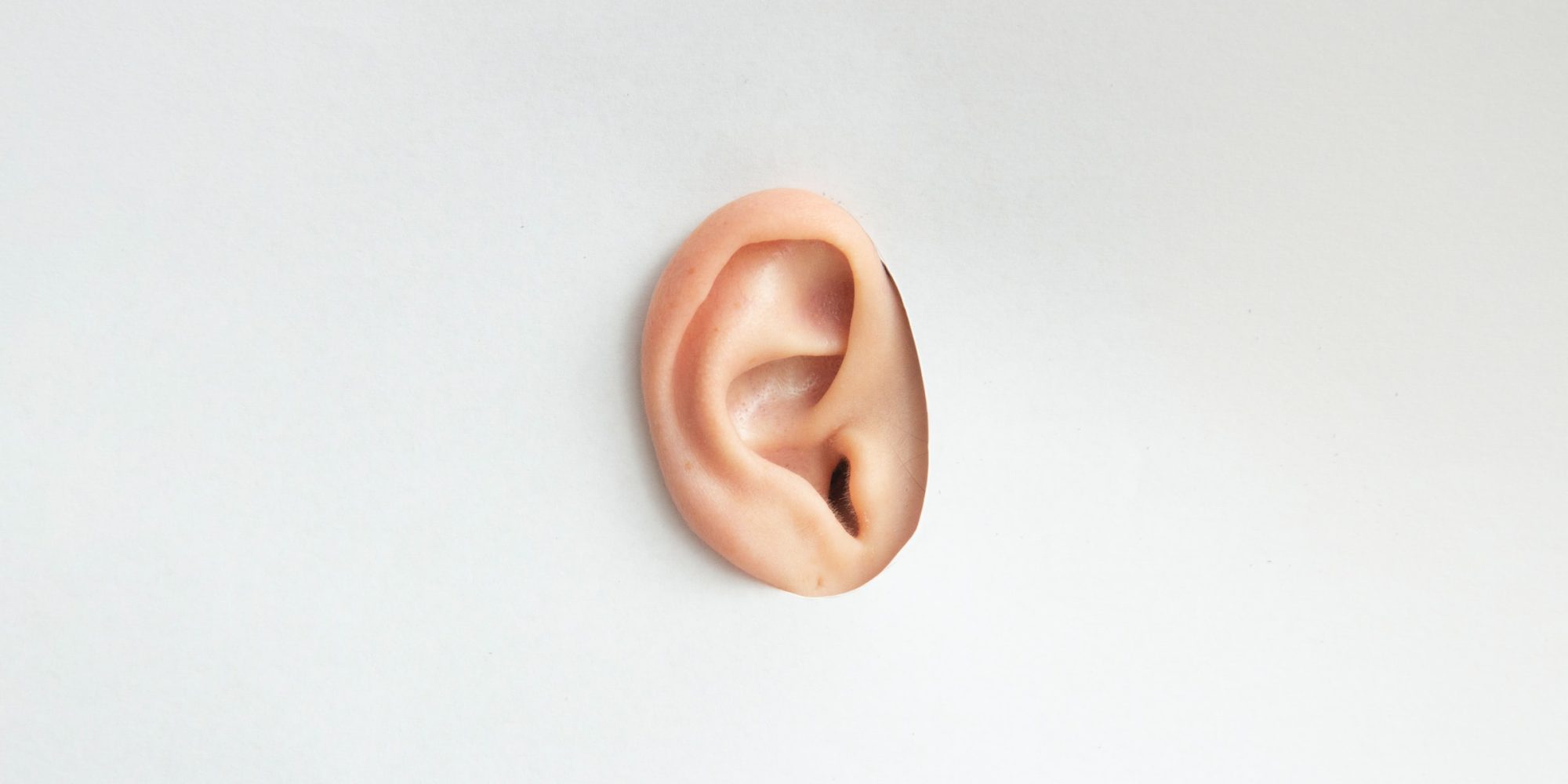Effective communication is a critical skill for team managers, but it’s not just about talking. In fact, one of the most important aspects of effective communication is listening. Active listening is the practice of fully engaging with the person who is speaking, in order to understand their perspective and communicate effectively. In this post, as the first post in the communication serie, we’ll explore the art of active listening and how you can use it to improve communication and build stronger relationships with your team.
What is Active Listening?
Active listening is a communication technique that involves fully focusing on the person speaking and attempting to understand their message. It requires more than just hearing the words being said; it also involves paying attention to the speaker’s tone, body language, and the context of the message. Active listening is an important skill for leaders, managers, and team members alike, as it can help to build trust, enhance understanding, and improve overall communication within a team or organization.
The Benefits of Active Listening
Active listening has many benefits for individuals and teams. For one, it helps to build stronger relationships and foster greater trust. When team members feel that they are being heard and understood, they are more likely to feel valued and invested in the team’s success. Active listening also helps to improve understanding and collaboration, as team members are able to more effectively communicate their ideas, concerns, and feedback.
How to Practice?
- Pay attention: Focus on the speaker and avoid distractions such as your phone or computer. Maintain eye contact and use nonverbal cues such as nodding and smiling to show that you are engaged.
- Be patient: Allow the speaker to finish their thoughts before responding. Avoid interrupting or finishing their sentences, as this can be perceived as dismissive or rude.
- Show empathy: Try to put yourself in the speaker’s shoes and understand their perspective. Show that you are listening by using verbal cues such as “I see” or “I understand.”
- Ask clarifying questions: If you are unsure about something, ask the speaker to clarify. This can help to ensure that you understand their message and avoid misunderstandings.
- Summarize and reflect: Repeat back what the speaker has said in your own words to show that you have understood their message. This can also help to clarify any misunderstandings.
By implementing these tips and practicing active listening on a regular basis, you can improve your communication skills, build stronger relationships, and become a more effective leader, manager, or team member.
Tips for Improving Your Active Listening Skills
- Practice active listening regularly: Make a conscious effort to practice active listening on a regular basis, both at work and in your personal life.
- Be patient: Active listening takes time and practice. Don’t expect to be a perfect active listener right away.
- Use online resources: There are many online resources and tools available to help you improve your active listening skills, such as online courses, books, and podcasts.
Conclusion:
Active listening is an essential component of effective communication, and is a skill that can be developed and improved over time. By paying attention, being patient, asking questions, showing empathy, and providing feedback, you can become a better active listener and build stronger relationships within your team or organization. Try implementing these tips in your next conversation and see the positive impact that active listening can have on your communication and teamwork.

